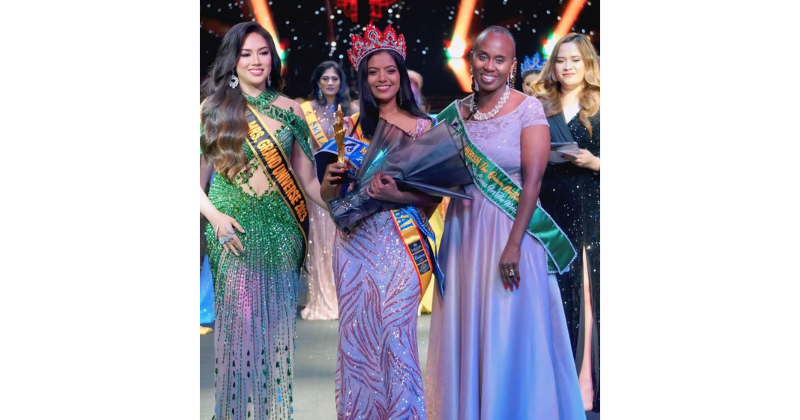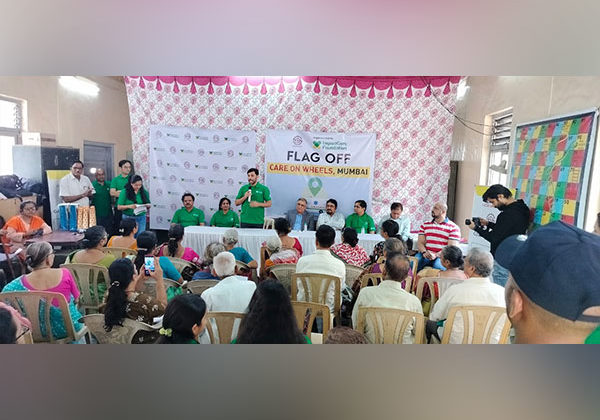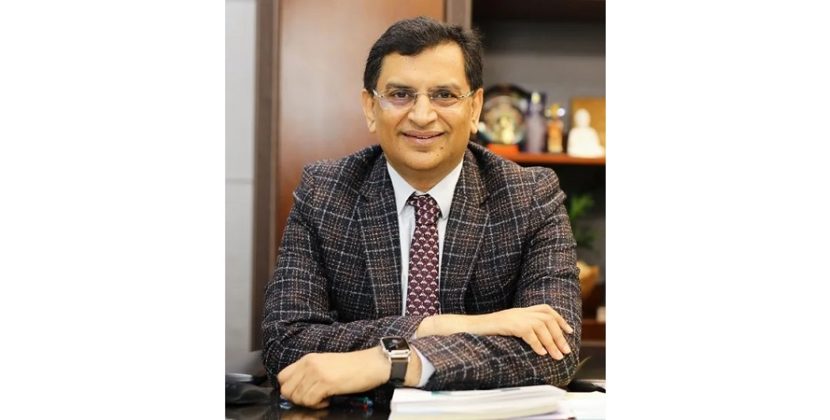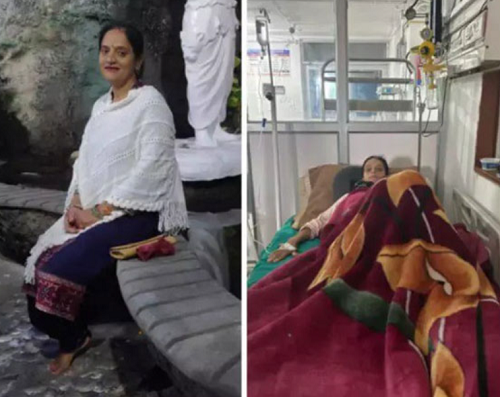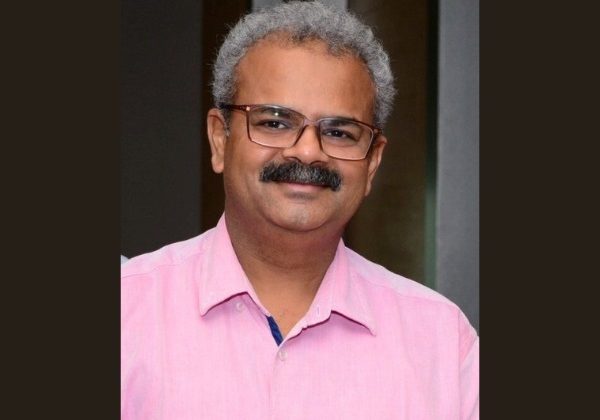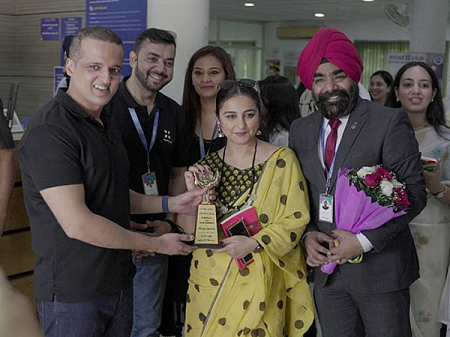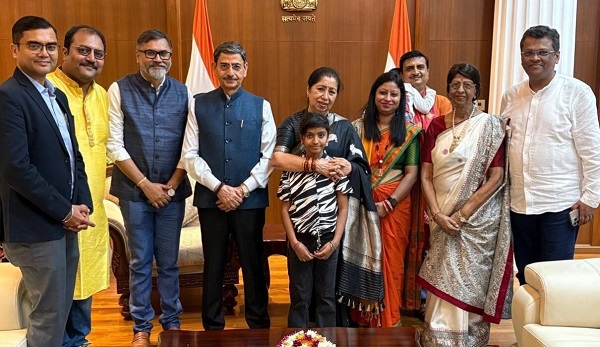
Latest post
Popular Posts

Alt DRX Blockchain Technology Makes Real Estate Investable for Everyone (603)
- India Press Releases
- November 7, 2024
Category: Health
- Home
- Health
Popular Post

Alt DRX Blockchain Technology Makes Real Estate Investable for Everyone (603)
- India Press Releases
- November 7, 2024
Newsletter
Weather
mist
26℃
34º - 26º
humidity: 56%
wind: 3 km/h
-
31℃Sat
-
31℃Sun
-
32℃Mon
-
33℃Tue
-
33℃Wed
-
33℃Thu


